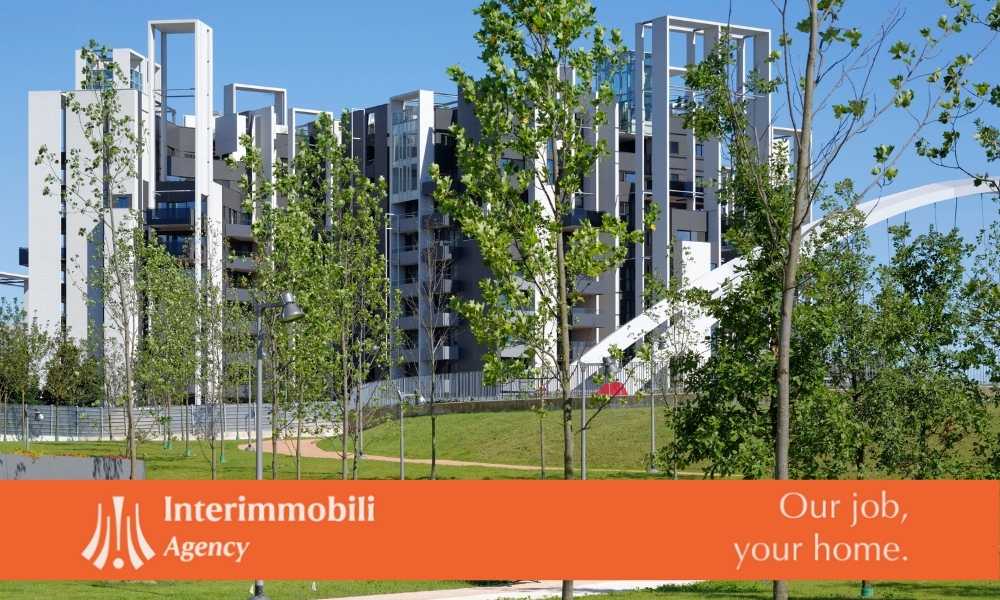
News
Residential asset class: new attraction for investors
9/Dec/2021
Articles
The post-COVID-19 era has brought about an aspect of change in the capital market, resulting in income-generating residential rental properties becoming an “asset class” in their own right. An approach that already exists in the rest of Europe, it now represents an interesting change in the investment sector.
Some background
Let’s take a closer look at the context in which to examine the considerations regarding the residential asset class by referring to the content of the “Italia 2021 – Competenze per riavviare il futuro” [Italy 2021 – Competencies for relaunching the future] discussion platform promoted by PWC Italia with the goal of sharing ideas, developing proposals and planning initiatives with leaders from government and institutions, finance and business.
Specifically, the document “La trasformazione del Real Estate a servizio del Paese” [Transforming Real Estate to serve the Country], based on analysis of the current scenario, indicates 10 priority initiatives for the real estate sector in the post-COVID-19 phase.
The starting point indicated by PWC is that the real estate sector represents 20% of Italian GDP and constitutes [it should be said, “continues to constitute”—eds.] the main form of investment for families.
Residential asset class: 27% of global real estate investment
Again according to PWC, in the residential real estate sector, market conditions will worsen in the short term but, over the long term, business trends will reflect the impact of the pandemic on family incomes.
The key points of this analysis can be seen together with the information contained in the Savills Global Living Report 2020: “Residential investment [including Multifamily, Student Housing and Senior Living—eds.] accounted for 27% of global real estate investment in the first three quarters of 2020, up from just 16% a decade ago.” [Savills.co.uk] A decidedly upward trend.
Potential future scenarios
According to Savills, the resilience and solid base of the sector remain intact, even in the currently-difficult macroeconomic context. In fact, even in a scenario of major global uncertainty in the wake of COVID-19, the residential sector is proving to be more resilient than other asset classes.
Despite the short-term macroeconomic effects of the pandemic, the Savills report foresees long-term growth in the amount of capital destined for residential asset class investment.
Therefore, the residential sector has become attractive because, in the search for diversification of capital allocation, investors no longer see this goal as creating a portfolio according to geographical location and/or segmentation by type of use, but in the search for stable income flows that residential can guarantee. Further information can be found in the sources provided at the end of the article.
Analysis by Gabetti in collaboration with Patrigest, “Trend post-Covid settore per settore” [Post-COVID trends, sector-by-sector], confirms that the residential sector has shown itself to be the most resilient among the various real estate classes. Further confirmation of the aspects of interest of this sector for investors. These are the new trends identified in the report:
- The polyfunctional house, larger with modular spaces;
- Space for smart working in the wake of the new corporate organizational set-up increasingly seen as permanent and not temporary;
- Outside space seen as of vital importance;
- Condominial services such as storage space, gym, multifunctional spaces;
- Second homes thanks to smart working and greater propensity to spend vacations in one’s own home.
Residential, an asset class in which to invest
Within a climate of generalized uncertainty, making forecasts is difficult, the variables in play are myriad and things are changing rapidly. However, it is true that, in the wake of events that have led us to living domestic spaces with greater intensity, including for work and study, the living requirements for the majority of people have changed and are continuing to change radically.
The result: a sudden change in the priorities in choosing where to live and a desire for change in the short term. According to a survey by Scenari Immobiliari with casa.it, released in October 2020, 89% of those interviewed throughout Italy are planning to change where they live over the next two years. All aspects that make the residential asset class one of the most interesting in the near future.
In Italy, we are at the dawning of what must be seen, first of all, as a sort of cultural revolution, even more than an opportunity offered by and for a new business. Capital markets move quickly, cultural revolutions require more time. In fact, the steps we must take are clear and they will entail major changes in following what is emerging:
- mental approach to real estate as a “shelter asset”, not just a direct asset investment (for personal use), but one that is income-generating;
- modification of instruments and technologies by real estate managers;
- opening on a large scale and with an institutional approach of the personal services business, alongside more traditional real estate services.
Sources
- PWC Italia, Italia 2021, La trasformazione del Real Estate a servizio del Paese
- Savills news, Investment into operational residential assets accounts for 27 per cent of global real estate total
